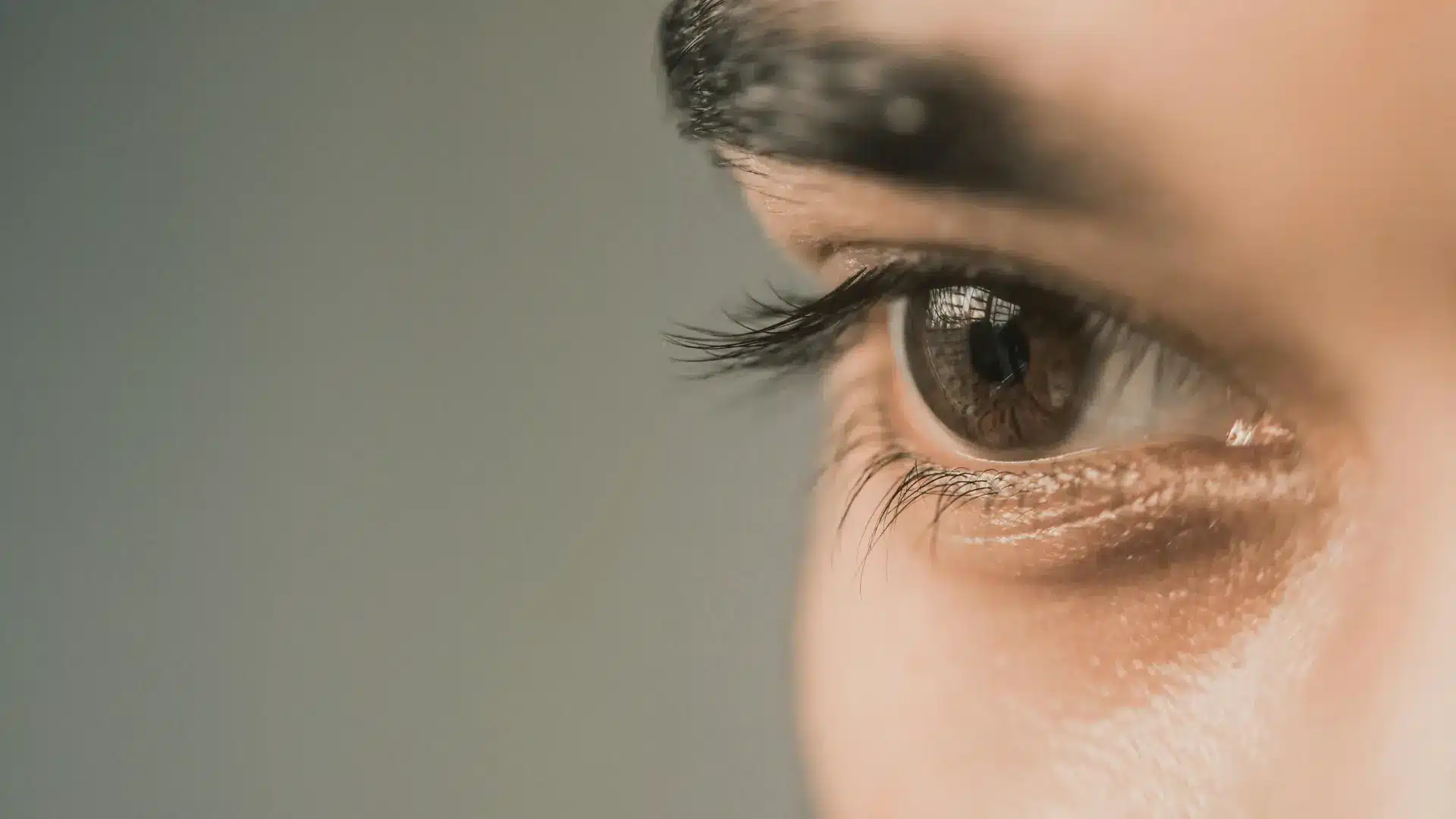Glandulae lacrimales (tear glands)
The lacrimal glands (glandulae lacrimales) are an important part of the lacrimal system and play a crucial role in the production of tears. The lacrimal glands are located in the upper outer corners of the eye sockets, just above the eyeballs. Each lacrimal gland is about the size of an almond and consists of two parts: a larger orbital (eye socket) lobe and a smaller palpebral (eyelid) lobe. The main function of the lacrimal glands is the production of tears. Tears are essential for the surface of the eye, supplying nutrients and oxygen to the outer layers of the eye, and removing dirt and microorganisms.
The composition of tears consists of:
- An oily (lipid) layer.
- A watery (aqueous) layer.
- A slimy (mucin) layer.
The production of tears is regulated by both the autonomic nervous system and reflex mechanisms.
- Basal tear production occurs continuously to keep the eye moist.
- Reflex tears are produced in response to irritation of the eye, such as dust, smoke, or strong emotions (crying).
The entire system of eyes, eyelids and orbits work together to receive, process and protect visual information. This is crucial for vision.
